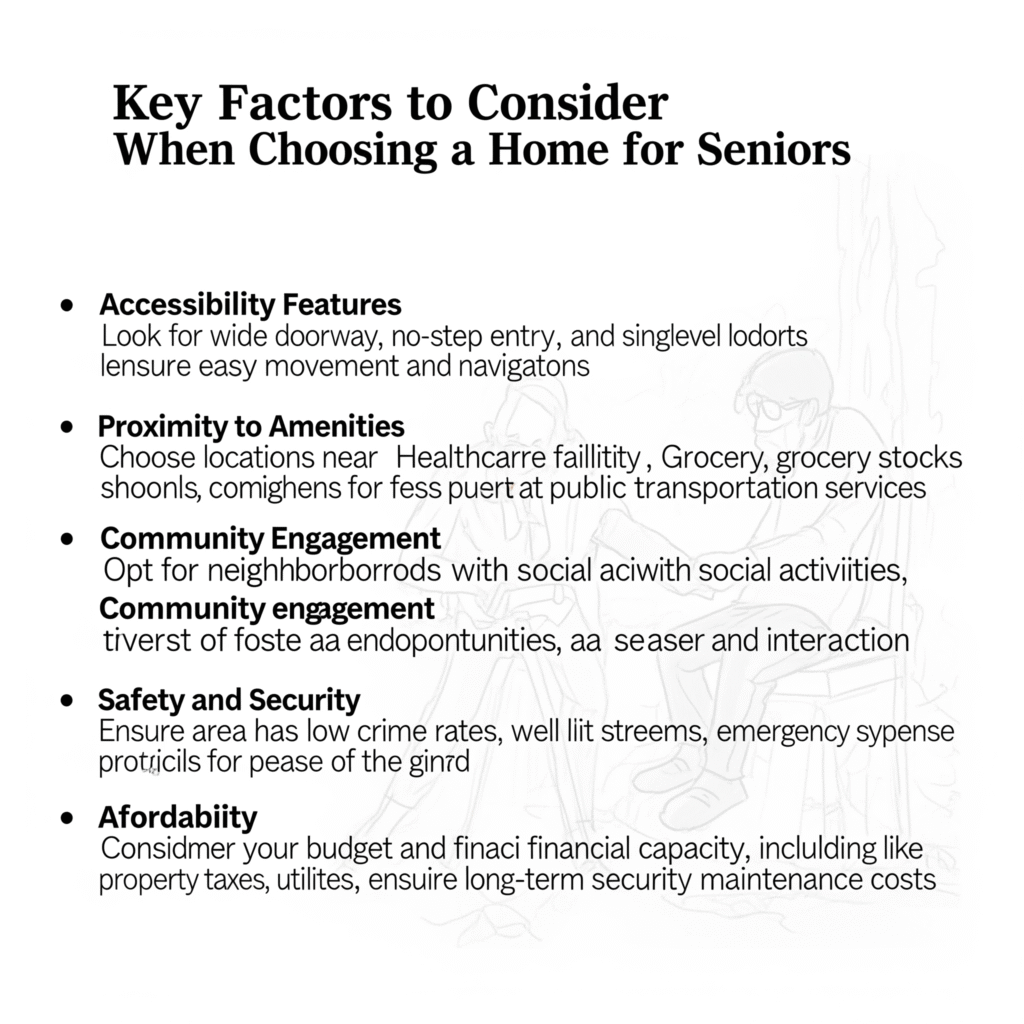Primary villains of brain aging
• Chronic inflammation from ultra-processed foods
• Sedentary behavior that starves neurons of oxygen
• Unmanaged stress hormones that shrink memory centers
• Poor sleep that prevents amyloid-beta clearance
Insight: In one Harvard study, women who walked briskly for 30 minutes a day lowered dementia risk by 33 %. Lifestyle clearly rewires biology.
What thriving 90-year-olds teach us
Blue-Zone research finds the sharpest super-agers share three daily anchors: purposeful movement, nutrient-dense fare, and constant social engagement. These anchors frame the rest of this article.
2. Move More, Think Better: Exercise as Neuro-Nutrition
Brawn feeds brains
At 1:37 in the video, Dr. Anthony Balduzzi explains that exercise triggers a flood of brain-derived neurotrophic factor (BDNF)—a protein neuroscientists dub “Miracle-Gro for neurons.” The more BDNF you circulate, the better your synapses fire, improving memory and processing speed.
Optimal workouts for busy moms
- 30-minute brisk walk after school drop-off
- Fit Mother Project Metabolic Circuit (20 minutes, three times a week)
- Weekend hike with the kids—nature multiplies BDNF benefits
- Resistance bands beside your desk for 2-minute “movement snacks”
- Dance cleaning: blast music, mop floors, spike heart rate
- Yoga flow on rest days to stretch fascia and calm cortisol
- Bedtime calf raises (100 reps) to keep blood moving overnight
Why intensity matters
Interval bursts—like 60 seconds of speed walking followed by 2 minutes easy—elevate BDNF 4-5× more than steady pace workouts. Aim for two HIIT sessions weekly, adjusting to fitness level.
Tip: Schedule movement into existing routines. March in place while microwaving lunch or do squats during your child’s bath time.
3. Meditation & Mindfulness: Mental Strength Training You Can Do Anywhere

Stress—the silent synapse killer
At 2:52, the video pivots to cortisol. Chronic stress trims dendrites and shrinks the prefrontal cortex, impairing focus. Mindfulness reverses this damage within eight weeks, according to MRI studies at Massachusetts General Hospital.
Beginner-friendly approaches
- 5-minute box-breathing before opening email
- Guided body scan on the free Fit Mother Project podcast
- Walking meditation: feel heel-to-toe contact for 200 steps
- “Name three things” grounding game with your toddler
- Gratitude journaling to end each day on a parasympathetic note
Evidence you can feel
A randomized trial of 2,466 caregivers found 20 minutes of daily meditation boosted verbal fluency scores by 7 % after six months—comparable to learning a new language.
“Meditation is weight-lifting for the prefrontal cortex. The reps are breaths, the sets are sessions, and the gains show up as clearer thinking.”
– Dr. Richard J. Davidson, Professor of Psychology and Psychiatry, University of Wisconsin-Madison
4. Smart Nutrition: Feed Your Neurons, Starve the Enemy
The brain-food equation
Your brain is 60 % fat, demands 20 % of your energy, and lacks fuel reserves. Quality nutrition is non-negotiable. At 4:40, the video highlights three nutrition pillars: stabilize blood sugar, reduce inflammation, and supply micronutrients that build neurotransmitters.
Neuro-nutrition heroes
- Wild fatty fish (EPA/DHA stave off gray-matter loss)
- Berries (anthocyanins cross the blood–brain barrier)
- Leafy greens (one serving daily slowed cognitive decline by 11 years in a Rush University cohort)
- Pasture-raised eggs (choline = acetylcholine precursor)
- Nuts & seeds (vitamin E protects neuronal membranes)
- Fermented foods (gut microbiome talks to the brain via the vagus nerve)
- Herbs & spices (turmeric’s curcumin cuts amyloid plaque formation)
Foods that sabotage cognition
• Sugary drinks spike insulin, inflame hippocampi
• Trans fats harden arterial walls, reducing brain perfusion
• Excess alcohol shrinks brain volume (one Harvard MRI study linked two drinks per day to 10 years of aging)
Challenge: Try the 7-day “sugar swap.” Replace desserts with berries and Greek yogurt; switch soda for sparkling water with citrus slices.
Comparison table: Your plate vs. your neurons
| Food Category | Brain Benefit | Hidden Pitfall |
|---|
| Fatty fish | Builds myelin, reduces depression | Mercury in large predatory fish |
| Berries | Boosts memory scores | Added sugar in jams & juices |
| Leafy greens | Folate lowers homocysteine | Oxalates in spinach—rotate greens |
| Nuts & seeds | Vitamin E fights oxidative stress | Portions calorie-dense |
| Fermented foods | Creates neuro-protective SCFAs | Watch sodium in sauerkraut |
| Whole grains | Slow glucose release | Gluten sensitivity in some people |
| Dark chocolate | Cocoa flavanols increase blood flow | Sugar/fat in commercial bars |
5. Lifestyle Synergy: Sleep, Community & Lifelong Learning
Sleep cleans the brain
The glymphatic system clears metabolic waste only during deep sleep. Six hours or fewer per night is linked to 30 % higher dementia risk. Aim for 7-9 and maintain a consistent bedtime.
Social fitness equals brain fitness
Harvard’s 80-year Study of Adult Development shows that strong relationships predict memory retention better than IQ or cholesterol. Combine social time with movement—think stroller walks with friends—to hit two brain pillars at once.
Never stop learning
A 2019 JAMA study found adults who picked up a new skill (e.g., quilting, digital photography) improved memory scores by 25 % within three months, even at age 80. The takeaway: novelty builds neural networks.
- Master a healthy recipe each week
- Take a language app lesson during your commute
- Join a local book club—accountability boosts follow-through
- Teach your child chess (explains strategy and deepens bond)
- Enroll in a community college course tax-deductible over age 65
6. Implementation Blueprint: From Busy Schedule to Brain-Protective Routine
Step-by-step integration
- Define your “why.” Write one sentence: “I protect my brain so I can meet my granddaughter’s grandchildren.”
- Create a habit stack. Pair a 5-minute meditation with your morning coffee aroma cue.
- Use time blocking. Mark workout appointments in the family calendar as non-negotiable.
- Batch cook. Roast sheet-pan salmon and vegetables every Sunday.
- Set tech boundaries. Blue-light curfew 60 minutes before bed.
- Track wins. Three weekly checkmarks for exercise, nutrition, and meditation.
- Review monthly. Celebrate progress, adjust obstacles.
Tools that help
The Fit Mother Project app integrates reminders, workout videos, and meal plans. Wearables like Oura Ring or Apple Watch give biofeedback on sleep and activity—turn data into motivation.
Frequently Asked Questions
1. How soon can I notice cognitive benefits from exercise?
Some people feel better focus after a single workout due to acute BDNF spikes. Consistent gains in memory and processing speed usually appear within 6-12 weeks.
2. Is coffee good or bad for brain health?
Moderate intake (1-3 cups daily) correlates with lower Parkinson’s and Alzheimer’s risk, thanks to caffeine and polyphenols. Avoid sugary coffee drinks and stop by 2 p.m. to protect sleep.
3. Can I replace meditation with journaling?
Journaling reduces rumination and clarifies thoughts, but it doesn’t train interoceptive awareness like breath-focused meditation. Ideally, combine both for a fuller neural workout.
4. What supplements truly help?
Omega-3 (1 g EPA/DHA), vitamin D3 (2,000 IU), and magnesium glycinate (200-400 mg) have solid evidence. Consult your physician, especially if pregnant or breastfeeding.
5. Do brain-training apps work?
They improve the specific tasks practiced. For general cognition, combine apps with real-world skills such as learning an instrument, which transfers more broadly.
6. How much alcohol is safe?
The latest Lancet analysis shows no threshold where alcohol improves brain health. If you drink, limit to one standard drink a day, and integrate at least two alcohol-free days per week.
7. Are genetics destiny for Alzheimer’s?
APOE-ε4 carriers have higher risk, but lifestyle can offset up to 50 % of that risk. Exercise and anti-inflammatory diets are particularly potent for genetic carriers.
8. What if I miss a day?
Perfection is unnecessary. Consistency > intensity. Resume the plan the next day without guilt—neuroplasticity rewards cumulative effort.
Key Takeaways & Next Steps
Summary checklist:
- Exercise 150 minutes weekly with two HIIT bursts.
- Meditate or deep-breathe for at least 5 minutes daily.
- Build plates around fish, berries, greens, and healthy fats.
- Sleep 7-9 hours, maintain a dark, cool bedroom.
- Nurture relationships and learn something new every quarter.
Remember, the brain you’ll live with at 80 is being sculpted by what you do today. Start small but start now. For guided workouts, meal plans, and community support, explore Fit Mother Project programs. Hit “subscribe” on their YouTube channel for weekly tips that make healthy living doable for busy moms.
Commit to one action from this article in the next 24 hours—then watch how quickly you can keep your mind sharp for the adventures ahead.
Also read 👉 Beyond Falls: Ways to Stay Healthy and Thrive in Your Active Senior Lifestyle




